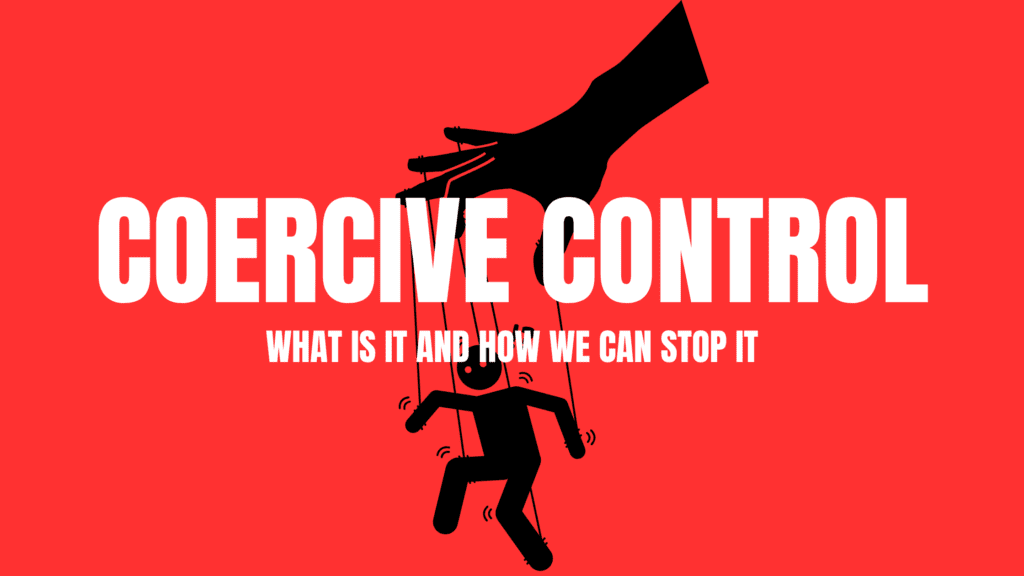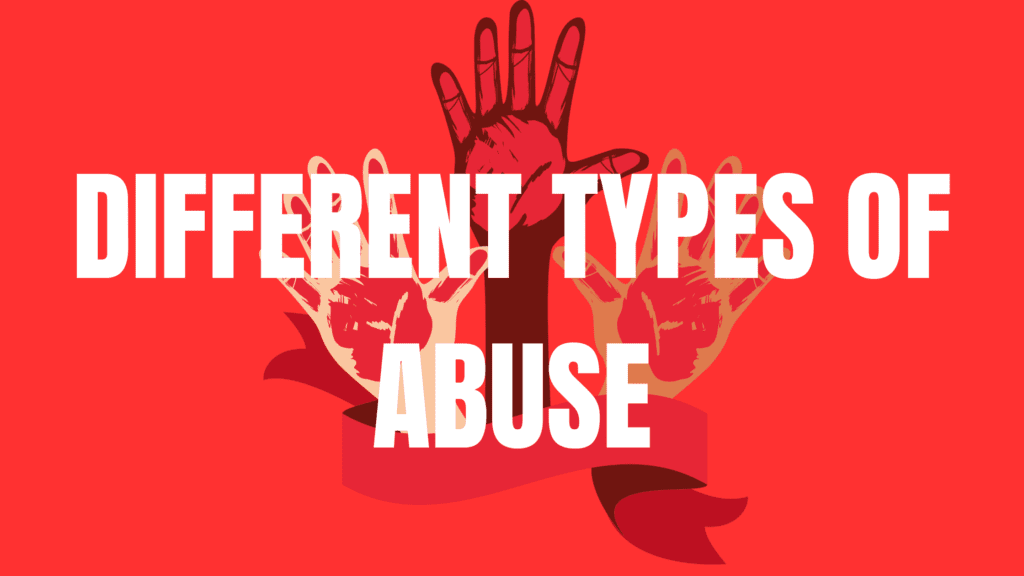Abuse can happen in any relationship, regardless of sexual orientation. While much attention has been given to abusive dynamics in heterosexual relationships, it’s essential to recognize that abuse in same-sex relationships is a reality that can affect anyone. In this blog, we’ll explore the signs of abuse in same-sex relationships, the different types of abuse, and how to support someone who may be experiencing it.
Understanding Abuse in Same-Sex Relationships
Abuse is not just physical violence; it can take many forms, including emotional, psychological, sexual, and financial abuse. It’s important to remember that abuse is about power and control, not love. In any relationship, healthy communication, mutual respect, and consent should form the foundation, but when abuse enters the equation, those foundations crumble.
In same-sex relationships, the signs of abuse can be similar to those in heterosexual relationships, but they can also manifest in unique ways due to societal stigma, internalized homophobia, or fear of not being believed. People in same-sex relationships may feel isolated or reluctant to seek help due to the fear of discrimination, both within the LGBTQ+ community and from the outside world. Recognizing these signs is key to offering support and guidance.
Types of Abuse in Same-Sex Relationships
Abuse in same-sex relationships can take many forms, and it’s important to understand each type to identify it early on.
- Physical Abuse Physical abuse includes hitting, slapping, shoving, choking, or any form of physical violence. In same-sex relationships, physical abuse may occur in similar ways as in heterosexual relationships, but victims may feel more hesitant to report it due to fear of being judged or misunderstood. It’s crucial to understand that physical violence is never acceptable, no matter the gender or sexual orientation of the individuals involved.
- Emotional and Psychological Abuse Emotional abuse can be subtle but incredibly damaging. It may involve manipulation, gaslighting, constant criticism, or belittling behavior. The abuser might use the victim’s sexual orientation or gender identity against them, saying things like, “No one else will love you because you’re gay,” or “You’re lucky I even want to be with you.” This type of abuse slowly erodes self-worth and can lead to long-term emotional trauma.
- Sexual Abuse Sexual abuse in same-sex relationships may involve coercion, pressure, or non-consensual sex. One partner may force the other into unwanted sexual acts, and the victim may feel trapped due to feelings of guilt or fear of being outed or judged. It’s important to understand that sexual abuse is never justified, no matter the circumstances or the relationship dynamics.
- Financial Abuse Financial abuse occurs when one partner controls or restricts the other’s access to money, often to create dependence and gain power. This can include controlling spending, withholding money, or preventing the other partner from working or pursuing financial independence. Financial abuse can be particularly difficult to spot, as it often goes hand in hand with emotional manipulation and control.
- Verbal Abuse Verbal abuse can include name-calling, yelling, threatening, or using hurtful language to degrade and control the partner. In same-sex relationships, verbal abuse might be compounded by the use of homophobic or transphobic slurs, creating an even more toxic environment for the victim.
- Social Abuse Social abuse happens when one partner isolates the other from friends, family, or support networks. This type of control can make it harder for the victim to seek help or even recognize that they are in an abusive relationship. An abuser may try to convince the victim that no one will understand or that they’ll be rejected by their community.
Recognizing the Signs of Abuse
While each abusive relationship is unique, there are common warning signs that may indicate abuse in same-sex relationships. These include:
- Isolation: The victim becomes more isolated from friends and family. The abuser may restrict their social interactions or create a sense of dependency.
- Fear of Conflict: The victim is afraid of triggering their partner’s anger and may walk on eggshells, avoiding certain topics or behaviors to prevent conflict.
- Constant Anxiety: The victim may feel nervous, on edge, or anxious around their partner due to emotional manipulation, threats, or outbursts.
- Changes in Behavior: The victim may experience a noticeable change in personality, becoming withdrawn, anxious, or depressed, or they may express feelings of guilt and self-blame.
- Physical Injuries: Bruises, cuts, or other injuries that the victim may try to hide or explain away with unlikely excuses.
- Manipulation of Self-Worth: The abuser may belittle the victim, telling them they are unworthy of love or using their sexual orientation or gender identity as a weapon.
- Controlling Behavior: The abuser may monitor the victim’s movements, limit their access to social media or communication with others, or dictate who they can and cannot associate with.
Barriers to Leaving an Abusive Relationship
People in same-sex relationships may face unique challenges when trying to leave an abusive relationship:
- Fear of Not Being Believed: Many people fear that their abuse won’t be taken seriously, either by law enforcement or within their community, due to the stigma around same-sex relationships.
- Fear of Coming Out: If the victim is not openly out about their sexual orientation, leaving the relationship may require revealing their sexuality, which can be a daunting and risky step for many.
- Lack of Resources: Resources for LGBTQ+ individuals experiencing abuse may not be as widely known or accessible. Support systems may also be less established compared to those available to heterosexual victims.
- Internalized Homophobia or Shame: Some individuals may feel ashamed of being in an abusive relationship and may even blame themselves due to internalized homophobia or societal pressures.
How to Support Someone in an Abusive Relationship
If you suspect someone you know is in an abusive relationship, it’s crucial to offer non-judgmental support. Here are some ways you can help:
- Listen Without Judgment: Offer a safe, open space where the person can talk without fear of being judged. Let them know you believe them and that abuse is never their fault.
- Provide Resources: Share contact information for LGBTQ+-friendly support services, shelters, or hotlines. Many organizations specialize in helping people in same-sex relationships.
- Respect Their Autonomy: It’s important to respect their decisions, even if they are not ready to leave the relationship. The decision to leave can be difficult and complicated.
- Be Patient: The road to leaving an abusive relationship is not easy, and it can take time. Be patient and continue offering support as needed.
- Encourage Professional Help: Suggest they seek counseling or therapy to help navigate the emotional and psychological effects of the abuse.
Conclusion
Abuse in same-sex relationships is real, and it’s important to acknowledge the signs and provide support for those who may be experiencing it. Recognizing the different types of abuse and understanding the unique challenges people in same-sex relationships may face can help create a more inclusive and supportive environment for survivors. If you or someone you know is experiencing abuse, remember that help is available. No one deserves to live in fear, and reaching out for support is the first step toward healing and reclaiming a healthy, loving life.



